Ultimate Collector's Guide to Vintage King Seiko: Timeless Heritage, Essential Models, and 2025 Investment Forecasts
The Definitive Collector's Guide to Vintage King Seiko Watches
As a passionate owner of an online vintage watch shop, I'm thrilled to share this in-depth exploration of King Seiko—one of Seiko's most revered sub-brands. Within the vast Seiko lineup, King Seiko stands out as a symbol of refined craftsmanship and bold innovation, often seen as the spirited counterpart to the more polished Grand Seiko. While Grand Seiko embodies ultimate luxury and precision, King Seiko brings a touch of daring design and accessibility, making it a favorite among collectors who appreciate Japanese horology's golden era.
To bring this guide to life, we've curated exclusive photos from our own shop's collection, sourcing a complete lineup of these rare pieces. This hands-on approach reflects our deep passion for King Seiko and ensures you're getting authentic, firsthand insights that you won't find elsewhere.

Seiko, Japan's premier watchmaker, didn't always dominate the global stage as it does today. In the 1950s and early 1960s, Seikosha produced watches that followed Western conventions—simple round cases with welded lugs. It was the emergence of King Seiko and Grand Seiko in the early 1960s that sparked a true revolution in Seiko's approach to watchmaking.
King Seiko, a storied name in Japanese horology, instantly conjures images of superior quality and elegance. Debuted in the early 1960s, this esteemed line stemmed from an innovative internal competition within the Seiko Group. Two subsidiaries—Daini Seikosha and Suwa Seikosha—were pitted against each other to craft Japan's most accurate and stylish timepieces.
Positioned as a strong rival to Suwa's prestigious Grand Seiko, which represented the zenith of Japanese luxury, King Seiko was Daini's bold retort. It delivered premium watches with distinctive aesthetics, advanced movements, and impeccable build quality. Often priced slightly below Grand Seiko, King Seiko was perceived as a step down in finishing, but in our view, it matches up admirably with its own unique ethos and purpose.
The King Seiko collection faded during the quartz crisis in 1975. Yet, to the delight of enthusiasts, Seiko revived it in 2020 as part of a modern renaissance. These new iterations draw heavily from vintage icons, proving that the original designs remain timeless. Close recreations of classic models highlight how King Seiko's heritage continues to captivate.
In this guide, we'll trace the history of King Seiko watches, break down their key generations, spotlight standout references, and discuss technical breakthroughs. We'll also provide tips for savvy collectors eyeing these underappreciated gems, which have long been treasures mainly in Japan. To wrap up, as industry insiders, we'll share our 2025 price predictions to help you invest wisely while enjoying these pieces on your wrist.
The Origins and Ascendancy of King Seiko: Seiko's Gateway to Global Watchmaking Excellence
The 1960s heralded Japan's postwar resurgence, and Seiko embraced the challenge of rivaling Swiss watchmaking dominance—the undisputed leader worldwide. To fuel innovation, Seiko implemented an internal rivalry strategy, spurring its subsidiaries, Suwa Seikosha and Daini Seikosha, to outdo each other in creating elite timepieces.
Suwa struck first with the inaugural Grand Seiko in 1960. Daini countered swiftly in 1961 with the debut King Seiko, positioning it as Seiko's luxury offering just beneath Grand Seiko.
This friendly competition drove waves of advancements in Seiko's movements. Daini and Suwa continually refined and innovated, culminating in the 1970s when they collaborated on Hi-Beat calibers for their top GS and KS lines, matching the finest Swiss chronometers.


While Grand Seiko leaned toward understated, elegant dress watches, King Seiko embraced bolder elements—like contemporary case shapes and vibrant multi-colored dials. This adventurous spirit is why King Seiko holds a special place for me: it's a sub-brand that consistently pushed boundaries to elevate design.
Regrettably, the quartz boom in the early 1970s ended the mechanical King Seiko era. By 1975, Seiko halted production of both King Seiko and Grand Seiko, shifting focus to quartz models (branded as King Quartz, Grand Quartz, and similar). Grand Seiko returned in 1988, but King Seiko waited over four decades for its revival. In 2020, Seiko reintroduced it within the Prestige collection, surprising fans with models like the 2021 limited-edition "KSK" 1965 reissue. These blend vintage hallmarks—such as angular, mirror-polished cases, minimalist dials, and the classic KS logo—with updated automatic movements. Today, King Seiko serves as Seiko's premium tier (below the standalone Grand Seiko brand), enchanting collectors with its sophisticated legacy.
Key Historical Generations of King Seiko
With the backstory set, let's dive into the core eras of King Seiko. Each generation showcases distinct technical and stylistic progress, from the inaugural manual-wind models to the quirky 1970s Vanac series. We'll cover movements, iconic references, designs, timelines, and breakthroughs.
The Pioneer: First King Seiko J14102 (1961)

The original King Seiko, reference J14102, emerged from Daini Seikosha in 1961 as a direct reply to Suwa's Grand Seiko from the year prior.
Aesthetically, this debut model predates the "Grammar of Design" era, featuring soft, rounded contours, a silver dial with slim applied baton markers, and polished dauphine hands.
Instead of the standard Seiko branding, the dial prominently displays the "King Seiko" script, marking the birth of Seiko's regal lineage. Powering it is the manual-wind 54A caliber (25 jewels) at 18,000 vph, delivering about 45 hours of reserve—known for its durability and era-leading accuracy.
Look closely at the dial's lower section: a star often appears, denoting the dial material. Rare editions sport an eight-pointed star for "Special Dial" (SD), indicating solid 18K gold indices, while "AD" signifies gold or rhodium-plated markers. This subtle prestige cue became a hallmark for high-end Seikos of the decade.

The Special Dial (SD) mark on the First Gen King Seiko dial
Manufactured in small numbers until 1963, the J14102 is now a coveted rarity. It kickstarted the King Seiko saga, embodying the ambition to deliver watches rivaling Grand Seiko in precision and style, showcasing Japan's burgeoning watchmaking prowess.
Priced ambitiously for its time—several times higher than standard Seikos—the first King Seiko signaled Seiko's bold entry into luxury mechanics.


The King Seiko Shield on First Gen King Seiko before Gold Medallion
The lug deisgn adding small detail to the watch
Explore our listing for more on the First-Gen King Seiko in our shop
King Seiko 44KS (1964-1968): Establishing Seiko's Design Foundation with the Grammar of Design

By 1964, Daini unveiled a pivotal evolution: the King Seiko 44KS, named after its 44A caliber—an upgrade from the prior movement. This manual-wind caliber keeps 18,000 vph but introduces hacking seconds, a modern staple but innovative then. Variants include the dateless 44-9990, while the 44-2000 and later 44-8000 add a date at 3 o'clock.
The standout feature is the case redesign, influenced by legendary Seiko designer Taro Tanaka's "Grammar of Design." This philosophy emphasizes flat, polished surfaces intersecting at sharp edges to play with light dynamically.

The 44KS case features faceted lugs and crisp lines, blending mirror polish and brushing—a departure from earlier rounded forms. A screw-down back boasts a gold KS shield medallion.
Dials showcase broad, beveled indices and slim dauphine hands for superior readability and purity. Early models carried "Chronometer" certification from Japanese standards, but Seiko dropped this post-1966 to sidestep Swiss confusion, making those versions scarcer.


Explore our King Seiko 44-9990 listing at Samurai Vintage
King Seiko 4402 KS Second Genereation
Second Gen 4402 King Seiko coming with the same base movement with the first generation King Seiko 44-9990.

It carries a more elegent and less angular case design, and the gold medallion have changed to a new Seiko design as well.


Explore our King Seiko 4402 listing at Samurai Vintage
King Seiko 45KS (1968-1970): Seiko's Pinnacle of Manual-Wind Mastery

In my eyes, the 45KS series holds immense historical weight among King Seikos. It marked a leap with the manual 45 caliber (4500/4502), a Hi-Beat at 36,000 vph—doubling prior frequencies for enhanced stability and precision, placing it among the era's elite.
This 45-series base propelled Seiko to outshine Swiss rivals in chronometer trials, prompting the contests to bar non-Swiss entries. The Hi-Beat pursuit continued, with both factories testing 54,000 and 72,000 vph movements. Trials showed 36,000 vph excelled over 72,000, shaping the 45KS.
Date-equipped models added quick-set functionality, with the 25-jewel 4502 offering instantaneous midnight changes. Unofficial accounts suggest the 4502 was Seiko's last hand-assembled series before automation, cementing it as the ultimate manual-wind from the brand due to its specs, innovations, and legacy.
Design-wise, it refined the 44KS's angular Grammar of Design with sharper edges and a more refined, dressier profile, reducing bulky flat surfaces.

Dials, often silver sunburst or textured "linen," feature the KS Hi-Beat logo and Daini's lightning bolt emblem. Backs retain the gold medallion. Production spanned briefly to 1970, as automatics loomed.

The Gold Medallion further updated to one with KS logo
The 45KS is hailed as the manual line's zenith and a top collectible vintage Seiko for its dependability and accuracy.
[My pick for the ultimate 45 King Seiko: King Seiko 4502 Superior Chronometer]
This reference featured a Superior Chronometer grade movement which means it is highly regulated to the best standard of Seiko, even high that that of Grand Seiko. They are also reported to maufactured in the lowest number, and best is that it is the last generation of King Seiko carrying a all hand made watch movement. Seiko mark this special by giving it a unique Superior Chronometer Gold Medallion. So if there is only one 45 KS to keep, this is it!



A speical Gold Medallion for 45 King Seiko Superior Chronometer and its case shape
[More 45King Seiko listing coming to Samurai Vintage Co. soon!]
King Seiko 56KS (1968-1975): Ushering in Automatic Convenience

1968 brought a shift: King Seiko adopted automatics with Suwa's 56KS caliber (5600 family). The 5626 runs at 28,800 vph for extended reserve and easier upkeep, with 25 jewels, manual winding, and hacking seconds.
It includes day-date displays with crown-based quick-set, though without the 45KS's instant midnight jump. Note: The quick-change wheel is plastic, so verify functionality when buying.

Spanning references like 5625-7000 and 5626-7040 until 1975, it offered diverse cases—from classic rounds to 1970s tonneau shapes—and dials. True to KS, they feature sunburst finishes, "KS Hi-Beat" markings (28,800 vph qualifies as Hi-Beat at Seiko), faceted indices, and factory logos (lightning or swirl). Cases keep the gold medallion.

Chronometer-rated variants command premiums but lack the slim, sharp cases of others—a trade-off for collectors. Rarer still are Superior Chronometers, with rumored production under 8,000, making them holy grails.
A serviced 56KS delivers vintage charm in a practical, slim ~37mm package, blending KS essence with Suwa tech at a balanced price for daily wear.
[My pick for the ultimate 56 King Seiko: King Seiko 5626 Chronometer Blue Dial]
I love the Blue King Seiko 5626 Chronometer because of how rare it is in the production number and also the sunburst blue dial is simply unable to reprint if the paint of the dial went into bad aging. Finding one with perfect blue dial and no aging is really rare and for years of our collecting, we have only got our hand on 2 of these perfect reference and each time it is hard for us to let go of it.


Check out our King Seiko 5626 Superior Chronometer listing at Samurai Vintage
King Seiko 52KS "Special" (1971-1975): The Apex of Chronometric Excellence

Alongside Suwa's 56KS, Daini crafted its premium automatics—the 52KS family. From 1970-71, the 5245 (date) and 5246 (day/date) powered the King Seiko "Special Chronometer" until 1975, epitomizing KS precision.
These 28,800 vph automatics are compact, with hacking, bilingual day (for 5246), and manual winding, it also come with instant day change for the movement. Factory-regulated to rival top Grand Seikos, they earned "Special" or early "Officially Certified Chronometer" dials. Export rules soon nixed "Chronometer," leaving "Special" stars—boosting early models' appeal.
Take the 1971 ref. 5245-6000: Its monocoque case enhances water resistance (movement accessed from front), forgoing a medallion for engraved back details and a recessed KS logo. The silver dial shines with polished indices and "KS Special Hi-Beat" at 6 o'clock.

Limited output positioned 52KS as Daini's elite farewell to mechanicals. Today, they're prized for blending KS allure, superior accuracy, and scarcity—the mechanical era's elegant finale. We will say this is the ultimate King Seiko that ends the product to a fatastic line of watches, however because the case shape and lack gold medallion, we think the watch is a little bit lag of the taste of a King Seiko.

[More 56 King Seiko Special listing coming to Samurai Vintage Co. soon!]
King Seiko Vanac (1972-1975): Embracing 1970s Flair and Boldness
In 1970s Japan, a conservative society favored dress watches for work or tool watches for sports. Yet, in 1972, King Seiko defied norms with the Vanac sub-line—a fusion of style, fashion, and dress-watch sophistication, infusing youthful energy into the mature brand.

The vintage ad of King Seiko Vanac
Vanacs boast angular, sometimes hexagonal cases with integrated bracelets flowing seamlessly. Their hallmark: faceted crystals mimicking gemstones, refracting light brilliantly. These multi-faceted crystals are prone to scratches, so pristine originals are exceptionally rare. Paired with unconventional dials in faded blue, green, bronze, or purple, plus bold appliques, Vanacs capture pure 1970s retro-futurism.


Most rely on Suwa's reliable 5626 Hi-Beat day/date automatic—mind the plastic quick-change wheel when acquiring one.
Vanacs were audacious for a Japanese maker, unlikely to be repeated. For a non-traditional King Seiko, they're ideal: reliable quality with conversation-starting looks.

Lately, they've surged in popularity, fueled by vintage trends and modern reissues, transforming from youthful novelties to collector staples merging KS heritage with groovy 70s vibes.
[Potential Photo Area: Insert vibrant photos of Vanac models showing faceted crystals and colorful dials in different angles here to capture the 70s flair.]
Explore our listing for more on King Seiko Vanacs in our shop
Wrapping Up: The Enduring Appeal of King Seiko and 2025 Price Predictions
Holding a King Seiko always transports me to Japanese watchmaking's heyday, where internal rivalry elevated a national brand to challenge Swiss giants, producing chronometer-grade precision marvels.
The infusion of Japanese aesthetics via the Grammar of Design—still influencing Seiko today—astounds me. These aren't mere timekeepers; they're artifacts of Japan's cultural and economic zenith.
For collectors, King Seiko isn't a lesser Grand Seiko—it's the daring sibling tackling risks and innovations the other couldn't. It commands respect and shouldn't fade into obscurity.
Whether you're new to vintage Seikos or seasoned, King Seiko fits: a precision-focused 45KS with its 36,000 bph heartbeat, or a vibrant Vanac for casual flair. As the spark for my own collecting journey, I wholeheartedly recommend diving in—you'll be continually amazed.
Enjoy the pursuit; it's endlessly rewarding.
| Model/Generation | Current Market Range (2025, USD) | Predicted 2027 Range (USD) | Investment Rationale |
|---|---|---|---|
| First King Seiko J14102 | 600-900 | 750-1200 |
Rarity and historical significance drive steady appreciation. Seiko's recreation of the watch will spark another round of watch hunting. |
| 44KS Series | 600-1000 | 800-1300 | Iconic design language; increasing demand for Grammar of Design pieces. A piece with unique case deisgn. |
| 45KS Series | 650-1200 | 800 - 2000 | True Hi-Beat pioneer; collector favorite with strong historical value. The best hand winding movement Seiko have ever created! And last of the hand craft movement history. |
| 56KS Series | 470 - 700 | 550 - 800 | Affordable entry; automatics appeal to daily wearers, with chronometer variants rising faster. |
| 52KS "Special" | 700 - 2000 | 1000 - 2,500 | Precision elite; scarcity boosts premiums. True last dance of the King Seiko series. |
| Vanac Series | 700 - 1000 | 800 - 1200 | Retro resurgence; unique designs attract younger collectors. Seiko's recreation reminds public on this forgotten series. |
Frequently Asked Questions About Vintage King Seiko
History and Origins
1. What is the difference between King Seiko and Grand Seiko?
King Seiko and Grand Seiko both emerged from Seiko’s internal competition in the 1960s, with King Seiko (initially from Daini Seikosha) offering bolder, more adventurous designs like angular cases and vibrant dials, while Grand Seiko (initially from Suwa Seikosha) focuses on understated luxury and superior finishing—watches are often fitted with a more curvy case. King Seiko was often positioned as a slightly more accessible premium option, but it matches Grand Seiko in precision and build quality, especially in Hi-Beat models. Today, Seiko's reissued King Seiko sits below the independent Grand Seiko brand, appealing to collectors; both the modern and vintage classics carry great value in Japanese horology’s innovative spirit.
2. When was King Seiko first introduced, and why was it discontinued?
King Seiko debuted in 1961 as Daini Seikosha’s response to Suwa’s 1960 Grand Seiko, sparking innovation through rivalry. Production of mechanical models ended in 1975 due to the Quartz Crisis, shifting focus to quartz variants like King Quartz. It was revived in 2020 with modern recreations, blending vintage aesthetics like the Grammar of Design with updated automatics, making it a bridge between heritage and contemporary collecting.
Models and Generations
1. What are the key generations of vintage King Seiko watches?
Vintage King Seiko spans several eras:
- The 1961 First Generation (J14102) with manual-wind 54A caliber;
- The 1964-1968 44KS series introducing the Grammar of Design;
- The 1968-1970 45KS Hi-Beat manuals (36,000 vph);
- The 1968-1975 56KS automatics (28,800 vph);
- The 1971-1975 52KS “Special” for elite precision;
- The 1972-1975 Vanac line with bold 1970s flair like faceted crystals.
Each builds on technical advancements, with the 45KS and 52KS standing out for chronometer-grade accuracy.
2. Which reference is my personal pick as a vintage Seiko watch lover?
As a vintage Seiko watch lover, my personal pick is the King Seiko 5626 Chronometer, especially in a silver or blue dial. The blue variant stands out for its rarity and stunning sunburst finish, which is nearly impossible to replicate if aged poorly—finding one in perfect condition is a thrill. At Samurai Vintage Co., we've only handled a couple of pristine examples over the years, and each time, it's hard to let them go due to their chronometer-grade accuracy, unique case design, and perfect wrist presence.
3. Which vintage King Seiko model is best for beginners?
For entry-level collectors, start with the 56KS series (e.g., 5625-7000 or 5626-7040) due to its reliable automatic movement, slim ~37mm case, and affordable market range of $470-700 in 2025. It offers day-date complications, Hi-Beat precision, and classic designs influenced by the Grammar of Design. Check for serviced pieces to avoid issues with the plastic quick-change wheel. At Samurai Vintage Co., we often recommend these for daily wear while building your collection.
4. What makes the King Seiko Vanac series unique?
The Vanac sub-line (1972-1975) breaks from traditional King Seiko with 1970s retro-futurism: angular or hexagonal cases, integrated bracelets, and rare faceted crystals that refract light like gems. Seiko shattered boundaries in the conservative Japanese market—where dress or tool watches ruled—by crafting this audacious case and dial combination, blending unconventional colors like faded blue, green, bronze, or purple with bold appliques. This infusion of youthful, fashion-forward energy into the mature brand was revolutionary for a Japanese maker and unlikely to be repeated, making Vanacs prized for their groovy vibes and surging popularity today.
Collecting and Authentication Tips
1. How can I authenticate a vintage King Seiko watch?
Look for hallmarks like the gold KS medallion on screw-down case backs (absent on monocoque models like 52KS), the "KS" logo on dials, and factory emblems (lightning bolt for Daini, swirl for Suwa). Check for "Special Dial" (SD) or "Applied Dial" (AD) stars indicating premium markers. Verify movement details against references—e.g., 45KS should be 36,000 vph Hi-Beat. Avoid fakes by buying from reputable sources like Samurai Vintage Co., and always request service history to confirm originality.
2. What should I look for when buying a vintage King Seiko?
Prioritize condition: Pristine dials (no fading on colored ones like the 5626 blue), unscratched faceted crystals on Vanacs, and functional movements (test hacking seconds and quick-sets). Rarer variants like Chronometer or Superior Chronometer grades command premiums—e.g., the 4502 Superior with its unique medallion. While you might find cheaper alternatives on eBay, it's crucial to trust the seller—many won't stand behind their products or offerings. Always choose a reputable dealer like Samurai Vintage Co., where we thoroughly check mechanical functions, provide service history, and ensure authenticity for every watch we sell.
Investment and Value
1. Are vintage King Seiko watches a good investment in 2025?
Yes, with predicted growth: Models like the 45KS could rise to $800-2000 by 2027 due to their Hi-Beat legacy and hand-assembled movements, while Vanacs and Superior Chronometer references benefit from retro trends ($800-1200). Factors include rarity (e.g., under 8,000 Superior Chronometers produced), Seiko’s modern reissues sparking interest, and global demand for Japanese vintage. Focus on well-preserved pieces for the best returns, as the market appreciates their historical rivalry with Swiss watches.
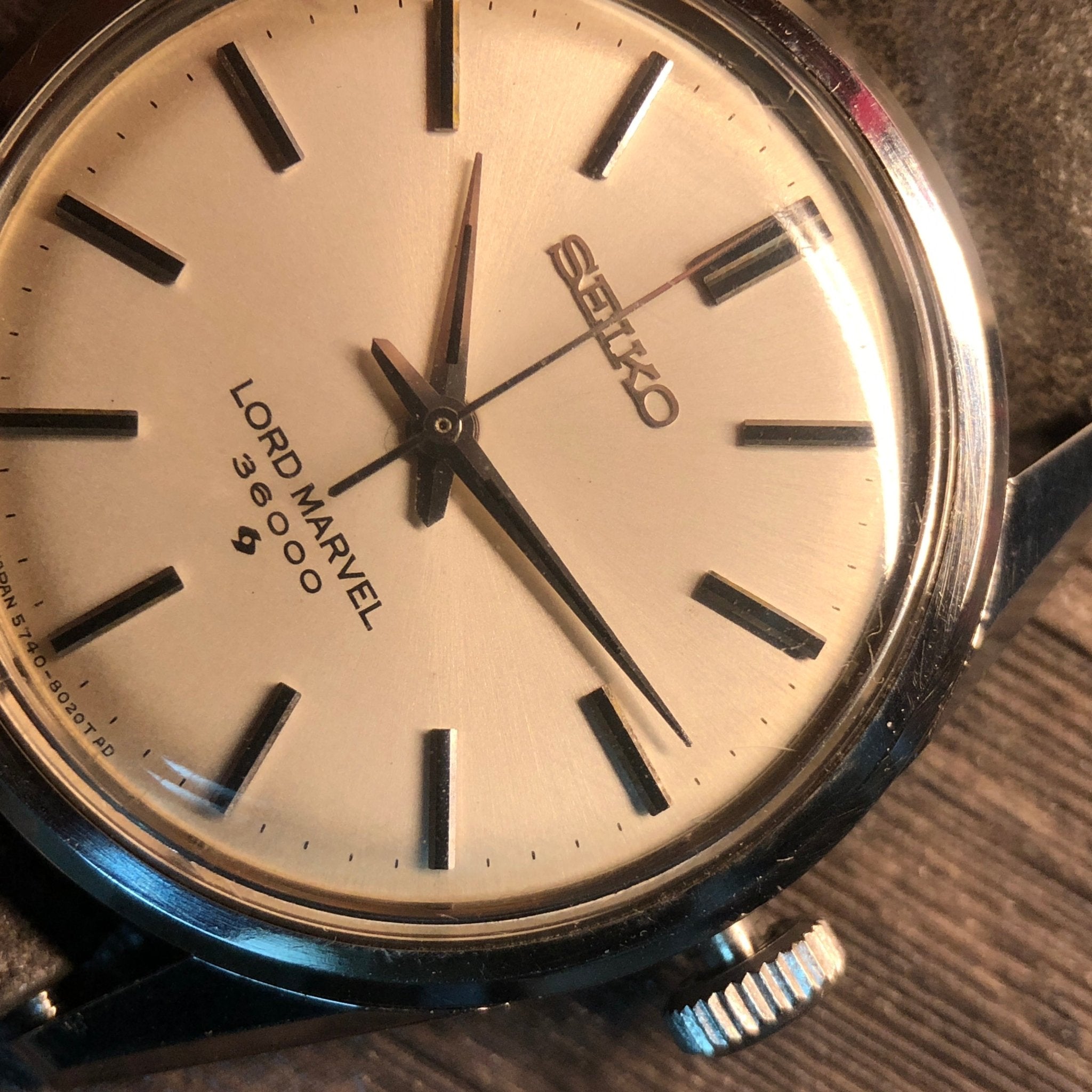
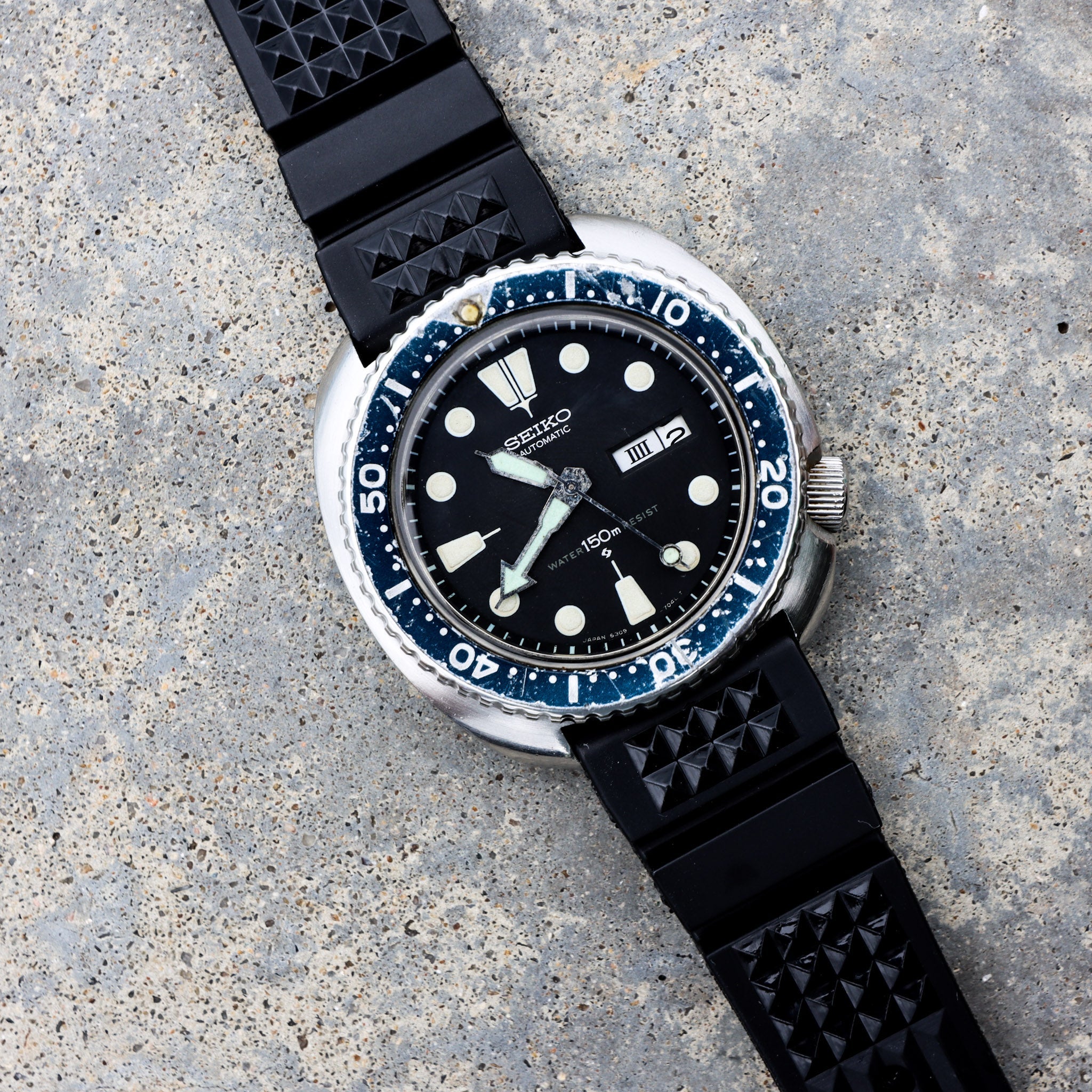
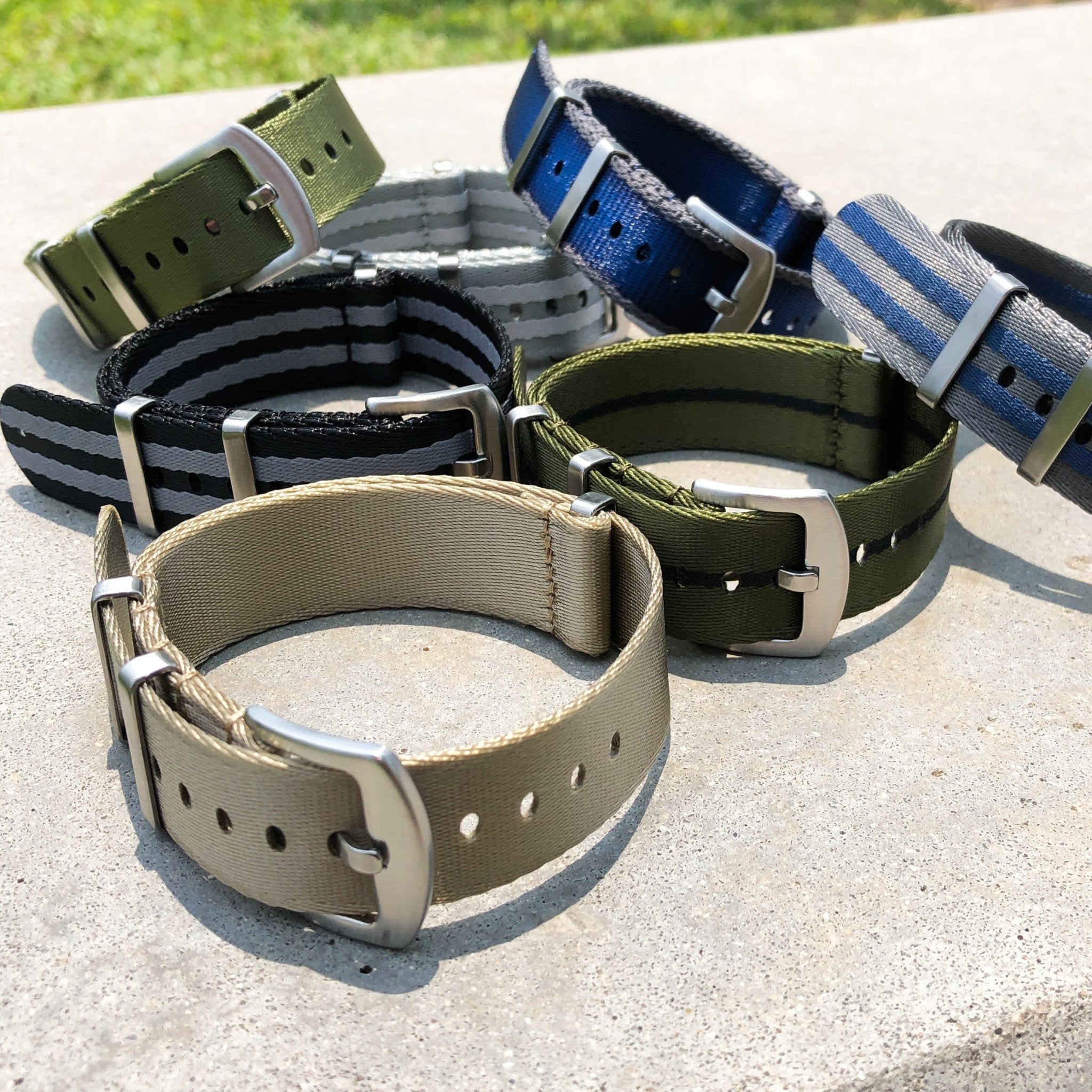
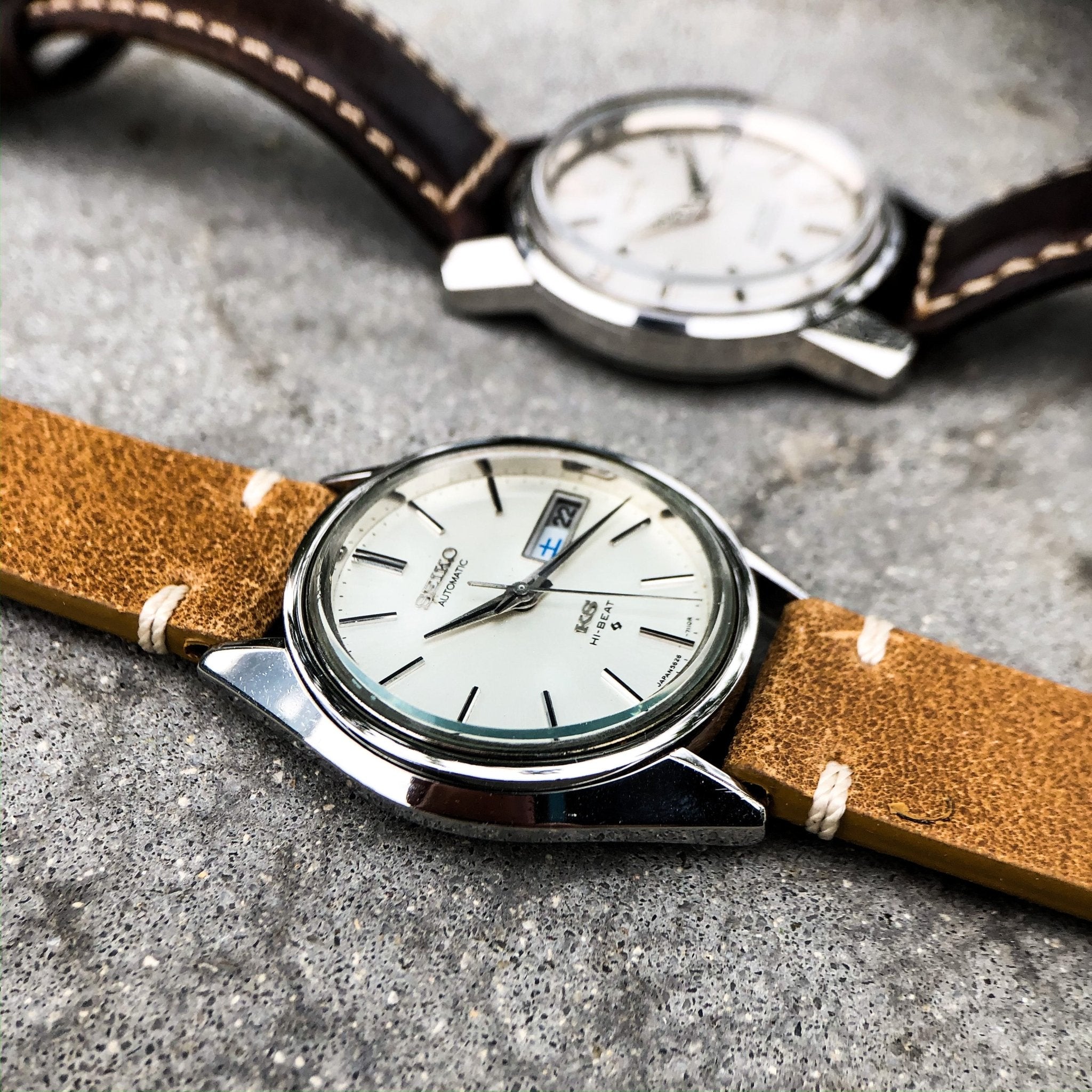
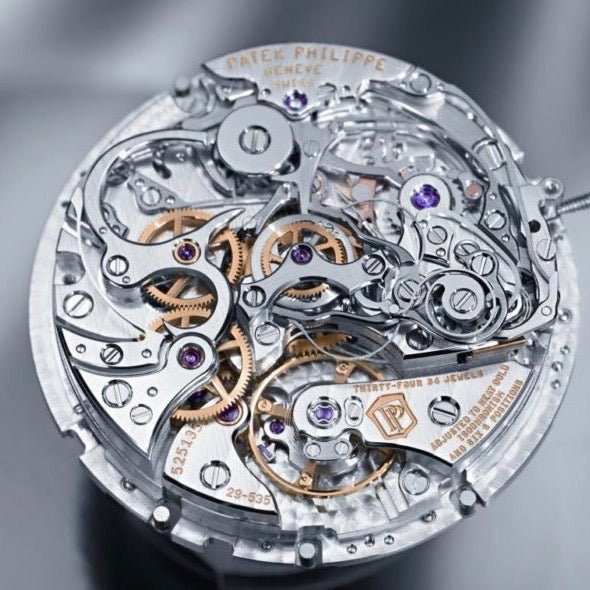

Leave a comment